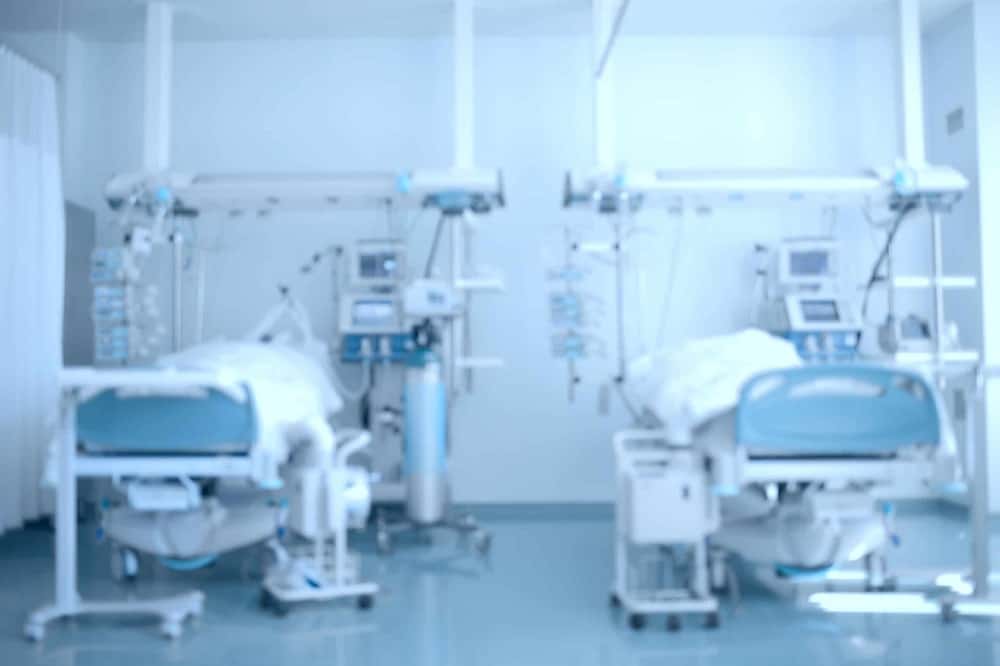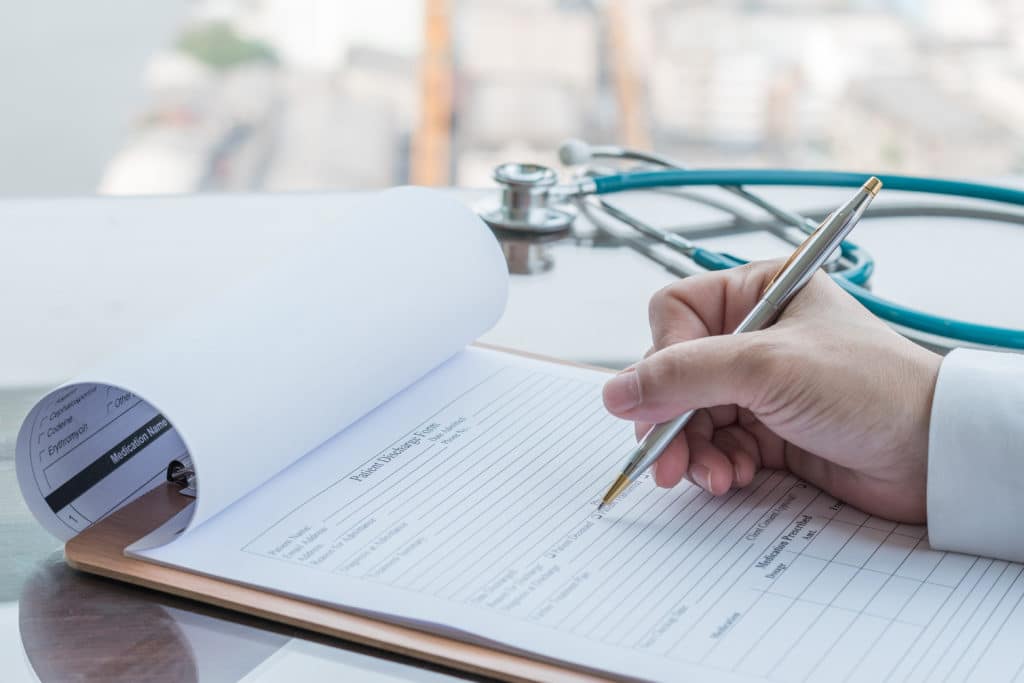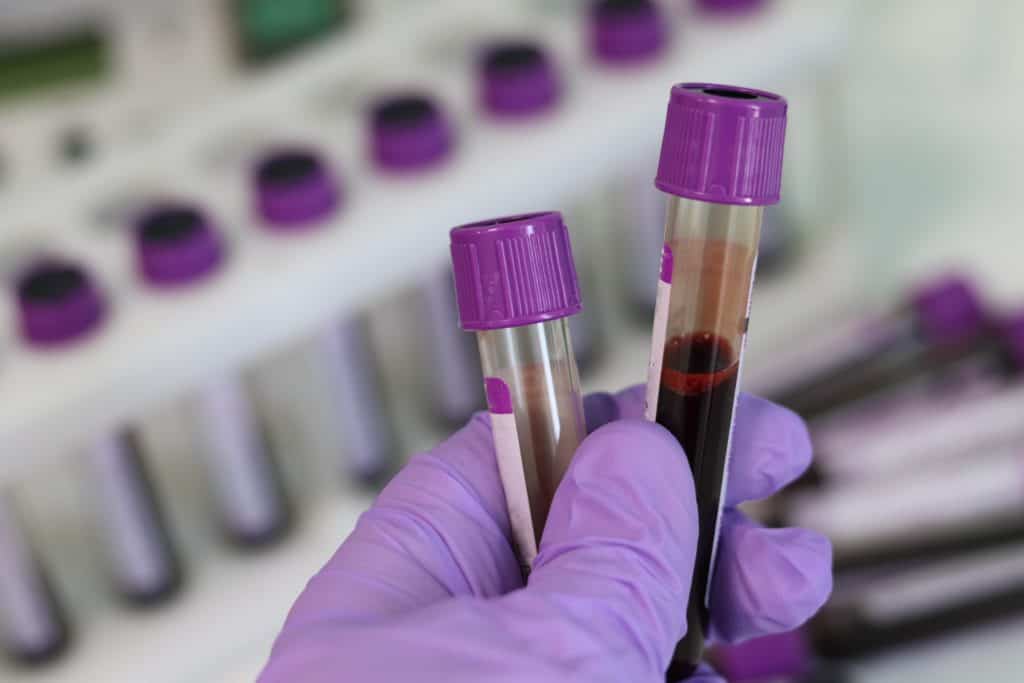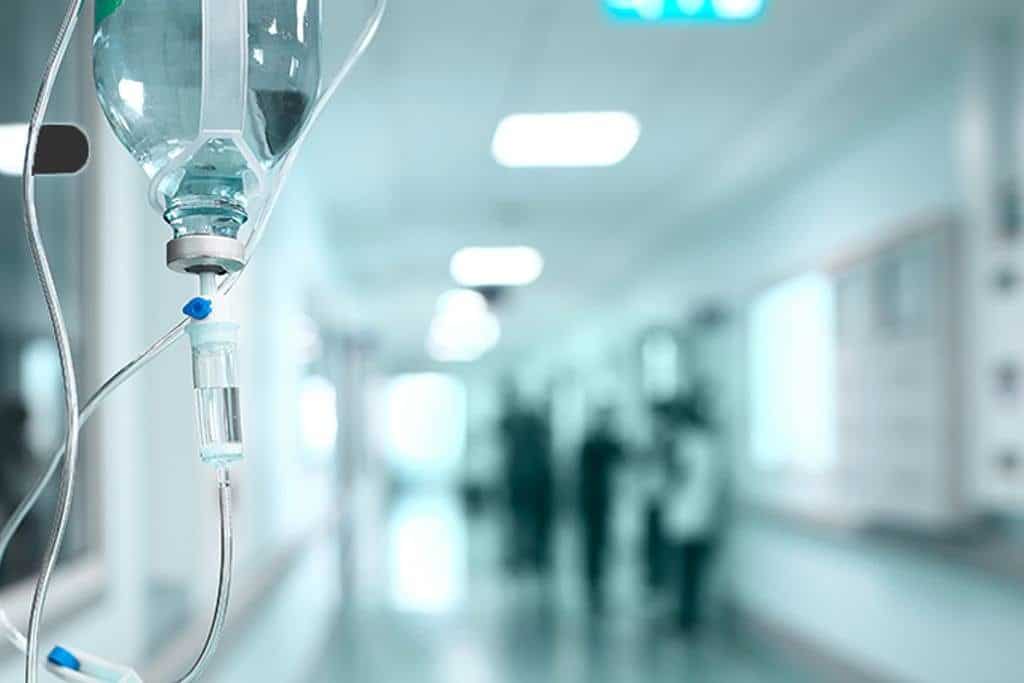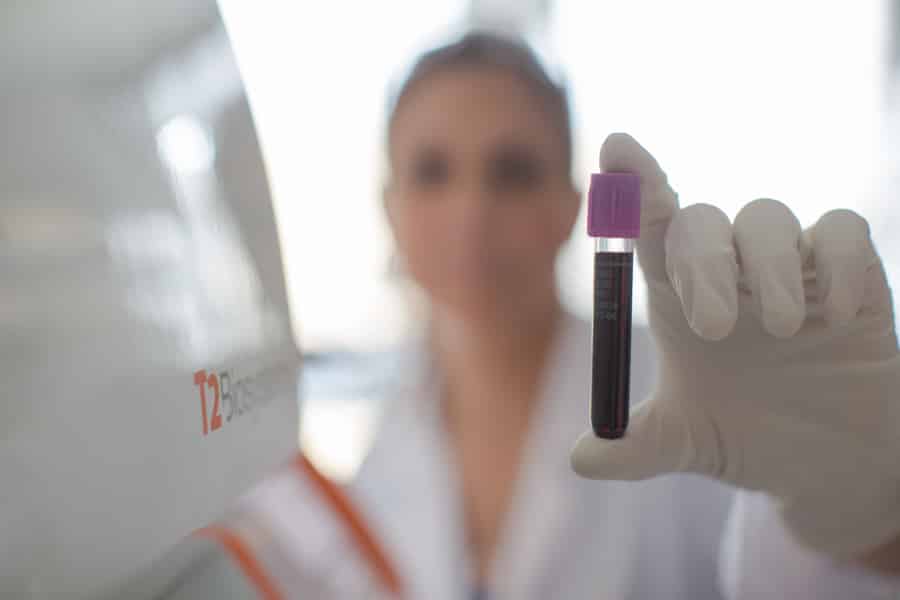54-year-old male, with a past medical history of Hepatitis C, presented to the emergency department.
Discussion
This case highlights the benefit of the T2Bacteria Panel’s rapid bacterial species identification. Using T2Bacteria allowed for early identification of S. aureus endocarditis in a patient with a limited medical history that had been transferred from an outside hospital. Based on the T2Bacteria results, unnecessary antibiotics were discontinued on Day 1, and the patient received cardiology and infectious disease consultations for the management of endocarditis. The patient’s follow-on blood cultures were negative, likely due to the presence of antibiotics, but the S. aureus bacteremia was confirmed from a blood culture draw obtained prior to admission.

